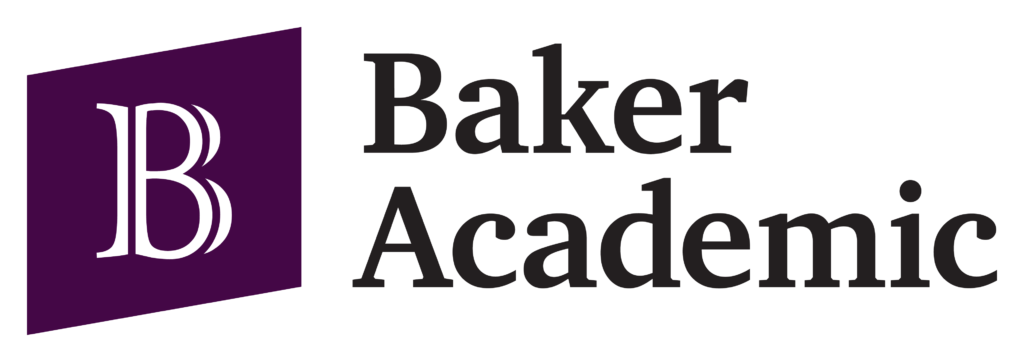Baker Academic Proposal Guidelines
Baker Academic welcomes book proposals from prospective authors holding relevant academic credentials (which usually means a PhD or similar degree in the field of the proposed book and current engagement in that field).
We prefer to see a proposal before you complete the manuscript. This enables you to obtain feedback from us that may make the project more publishable. Even if you finish your manuscript before approaching us, we ask that you submit a proposal instead of the manuscript.
A fully developed proposal consists of the following:
- The proposed book’s topic and your rationale for writing it. This is your chance to pitch the book to our editorial, sales, and marketing people. Tell us what the book is and why it is needed.
- Further details about your book. Is it arguing a thesis? Is it to be used as a textbook or reference book? What sets it apart from similar books? What is its methodology or subdiscipline?
- The primary audience for the book—who are you writing to? Other than those primary readers, who else might be interested in your book?
- If the book has potential as a textbook in institutions of higher education, identify: (i) specific courses for which it might be used as a primary text (if any), then those for which it could serve as a supplementary text; (ii) the educational level of the book; and (iii) pedagogical aids, such as exercises, discussion questions, glossaries, and bibliographies, to be included in it.
- A short list of comparable books with brief annotations comparing and contrasting your book to them.
- The estimated date for the manuscript’s completion.
- An annotated table of contents, with a one-paragraph summary of each chapter.
- The anticipated manuscript length, including words per chapter and total words (including notes and bibliography).
- Kinds and quantities of illustrative material (such as photographs, line drawings, maps, charts, tables) that need to be included.
- A sample chapter that represents the book’s unique contribution or an introduction that explains such things as the book’s background, purpose, distinctives, approach, thesis, and contents.
- A full vita, one that shows your qualifications to write the proposed volume.
We may also ask for letters from others in your field who testify to the need for such a volume and your ability to write it.
We naturally prefer that you submit your proposal to us first. If you choose to submit it simultaneously to other publishers as well, we only ask that you say as much in your cover letter.


